When Laura Resen and her partner, Cloud Devine, stumbled across the rambling ranch property they now call home, it was a prime example of midcentury design—and not in a good way. Outside, all was fine. Nestled in the hills of California’s Sonoma County, the property reads as a true retreat; toss in a kidney-shape pool and you’ve got the kind of West Coast ideal many of us only dream of obtaining. Inside, however, was another story. In the den there were two tones of wood paneling that didn’t quite match. In the kitchen rows of fluorescents backed a sunken ceiling. And then there were the bedrooms—shag carpeting in both purple and cream. Dark and dated, the house was the antithesis of where you’d imagine two photographers such as Laura and Cloud laying down roots. But lay down roots they did.
The two had a vision. Laura’s background in fine art (she holds a degree from Cooper Union) and extensive experience photographing interiors for titles including Veranda, Elle Decor, and Vogue gave her the wherewithal to see what was not yet there: a home flooded with light where she and her family could live, and an adjoining studio where she and Cloud could work. And Cloud saw what she saw. In fact, he took charge of the renovation. Cutting away walls in favor of French doors, raising the sunken ceiling, and stripping away all remnants of a walnut-veneered past are just a few of his accomplishments as contractor-in-chief. And today you get to see the final result.
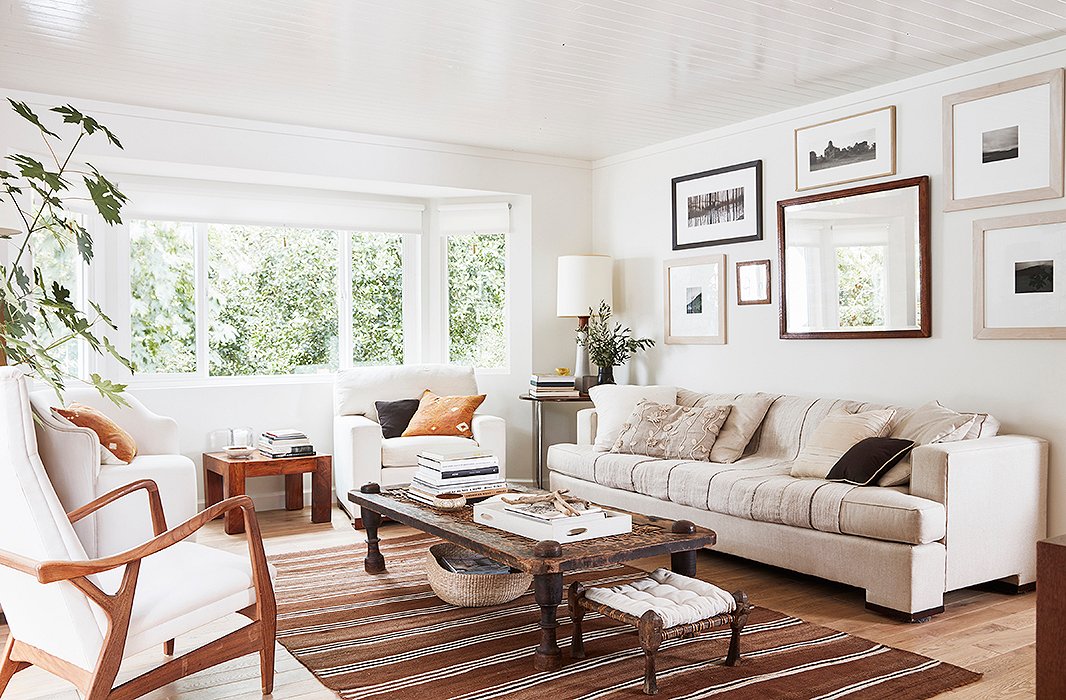
A careful curation of old and new gives the neutral living room vibrancy and life. In the corner, a Scandinavian lamp sits atop a Marcel Breuer table adjacent to an antique beveled mirror and art by Cloud, Laura, and Louis Conner. An antique Nepali daybed functions as the coffee table, mimicking the hues found in the Turkish kilim below.
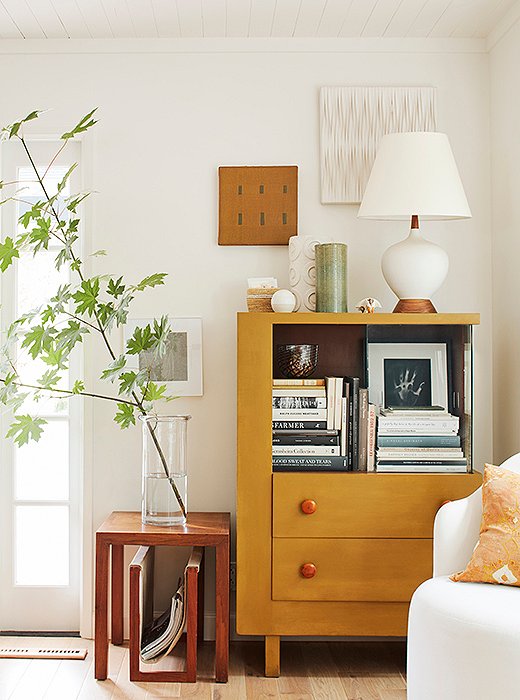
Laura approaches each vignette with an artistic eye. “They’re works of collage in and of themselves,” she says, “and it’s important that I arrange things so that there’s a dynamic quality to them—I don’t want anything to disappear.” A cabinet by Gilbert Rohde sits beneath a colorful piece by James Angell. “Its organic palette informs the entire space,” Laura notes, “and it’s followed me everywhere I’ve ever lived.”
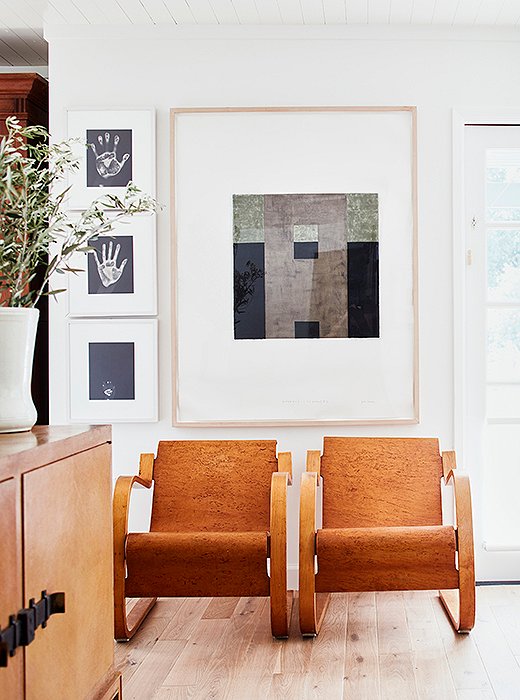
Jon Groom’s Evidence of Monk #2 hangs above a pair of Alvar Aalto armchairs, creating a visual divide between the living room and the dining area. The three hands, photographed by Gary Schneider, are those of Laura, Cloud, and their daughter, Tess, when she was born.
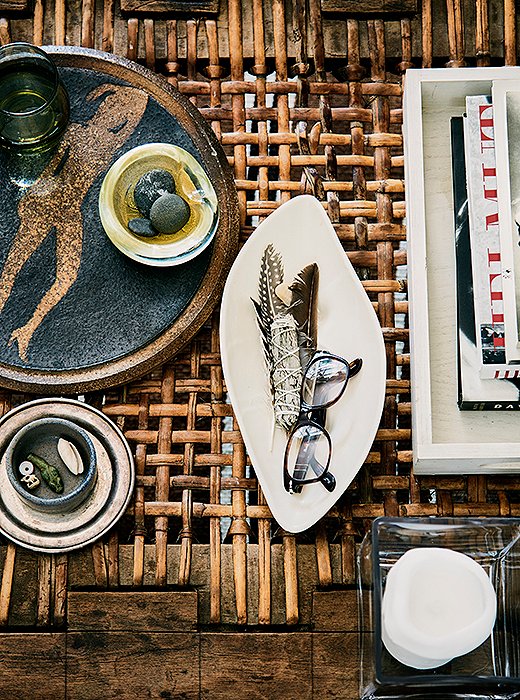
A dish holds a few feathers and an unused bundle of sage. “I usually smudge a place as soon as I move in,” says Laura, “but I never felt the need to do that here…the energy’s just always felt really good.”

There are things that I love and they’ve followed everywhere I’ve lived. There’s no reason to replace them, because they’re beautiful—they remind me of the people I love and places I’ve been.
Bright and airy, the renovated residence carries a sense of nomadic refinement with subtle ties to the apartment in which Laura grew up. “I’ve always had an appreciation for clean midcentury design,” says Laura. “When I was a kid we lived in the Kips Bay buildings by I.M. Pei, which were informed by a kind of modernist mentality, and I think that played a part in the development of my own style.” Her father, also an artist, worked for Pei at one point, and his influence can certainly be seen in how Laura decorated. Modernist touchstones—simplicity in form and function, a strategic use of textures and materials, simple detailing void of decoration—are apparent in features such as the dining room’s fireplace, the living room’s Alvar Aalto chairs, and the office’s George Nelson pendant.

Chairs by Mies van der Rohe surround a midcentury table. “I think my favorite spot in the house is the dining room,” says Laura. “It has a beautiful view of the garden, which lends it a meditative quality.” French doors installed by Cloud allow for plenty of light—a far cry from the dim space it once was.

It’s important that I arrange things so that there’s a dynamic quality to them—I don’t want anything to disappear.
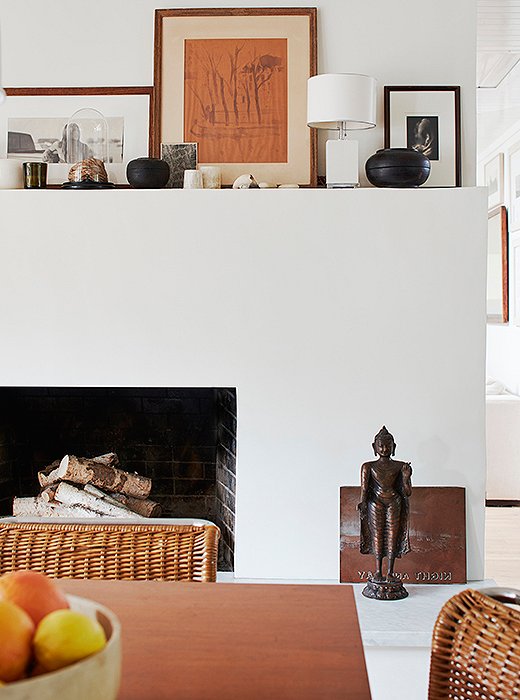
The dining room’s fireplace showcases Laura’s appreciation for modernist design. Functional and void of ornamentation, its mantel hosts wooden Tibetan vessels and a lamp by Aero Studios. On the hearth, a vintage copper printing plate and a bodhisattva lend a sense of calm.
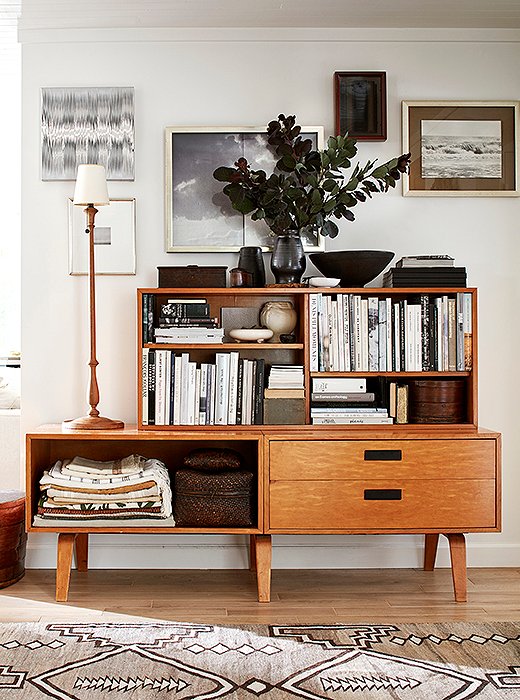
In the foyer, a vintage Danish book cabinet hosts a collection of good reads and sentimental treasures. Placed with asymmetry in mind, the candlestick lamp from Aero Studios guides the eye toward artwork by Alexandra Hedison and Gail Resen (Laura’s mother) and a photograph taken by Laura herself. On the floor, a Navajo blanket was repurposed as a rug, adding warmth, texture, and graphic interest.
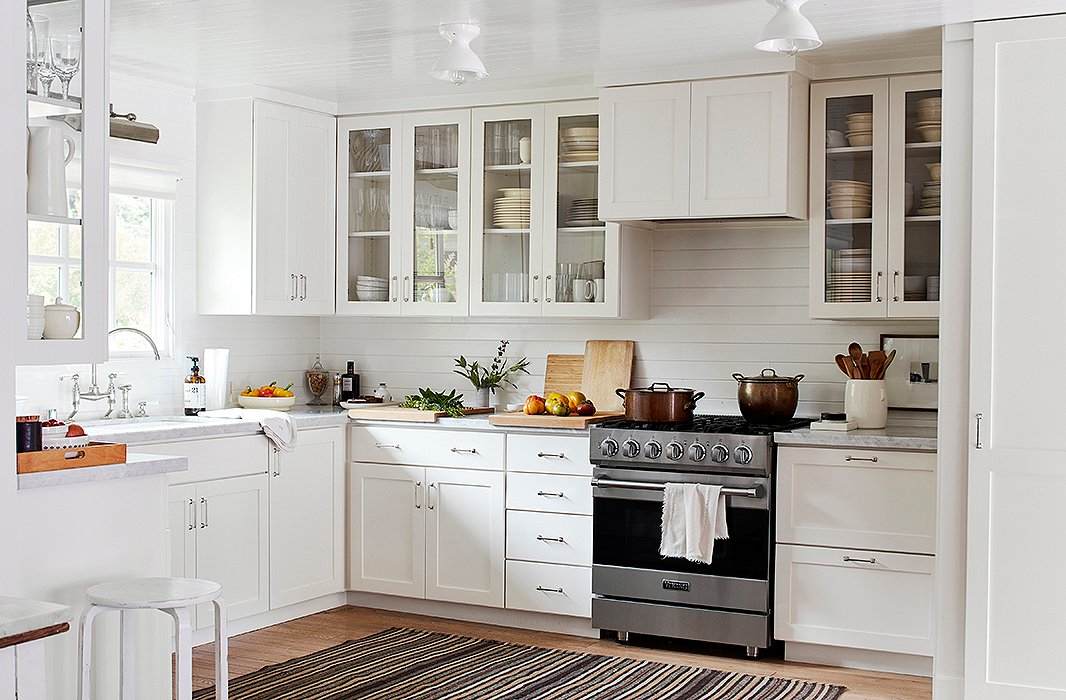
A salt-bag rug from Nepal’s Manang District softens the otherwise all-white kitchen. A library light by Thomas O’Brien for Visual Comfort provides task lighting over the sink, lending the garden view a picturelike quality.

I was brought up with an appreciation for good design and the beauty of nature.
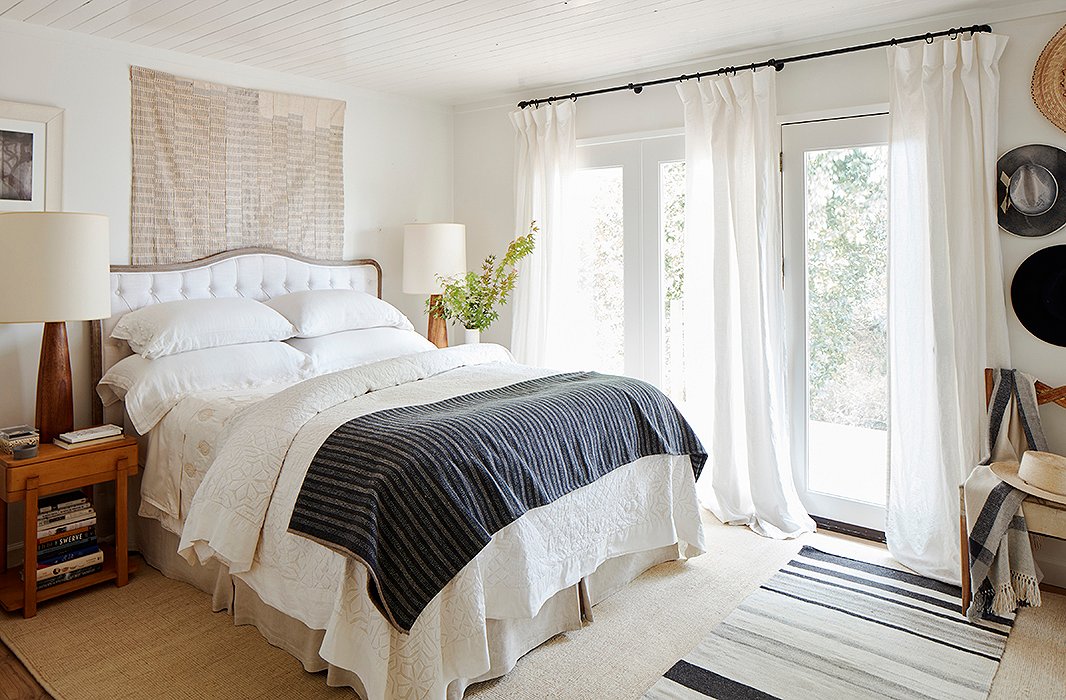
In the master bedroom, an upholstered headboard by Blink is flanked by vintage Scandinavian lamps and Saarinen side tables. Behind, an African textile adds a textural layer of interest and reflects the tones of the room’s natural-fiber rug and striped runner.
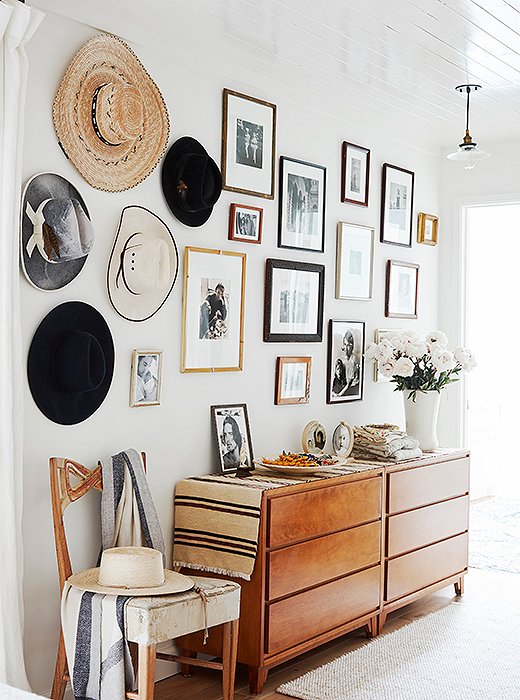
A Navajo runner unites two vintage dressers from Russel Wright beneath a collection of secondhand hats and family photographs.
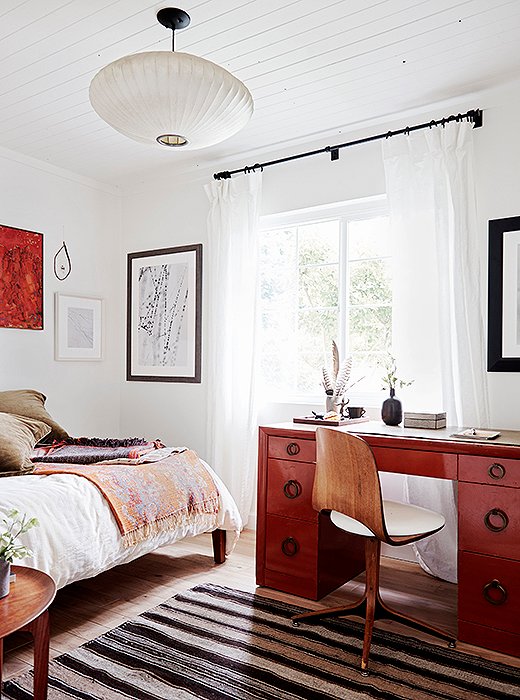
In Laura’s office, a painting by her father, Ken Resen, complements the color of one of her most prized pieces, a Robsjohn-Gibbings desk. “It’s been beaten to a pulp,” she says. “It’s traveled around more than I have, and I love that. It has history, and you can feel it.” A George Nelson pendant lights the room—a perfect match for the desk chair from the same period.
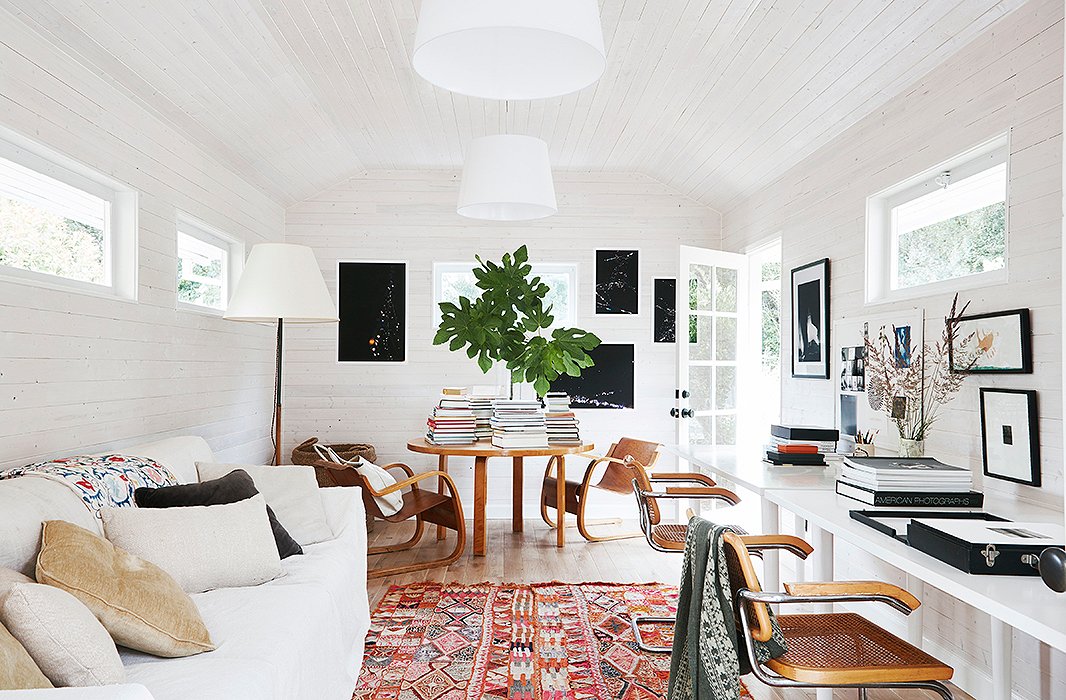
What was once a gray space with limited light was transformed into a loftlike studio. Toward the rear, a round Alvar Aalto table matches the tone of the Breuer desk chairs and keeps stacks of coffee table books at the ready.
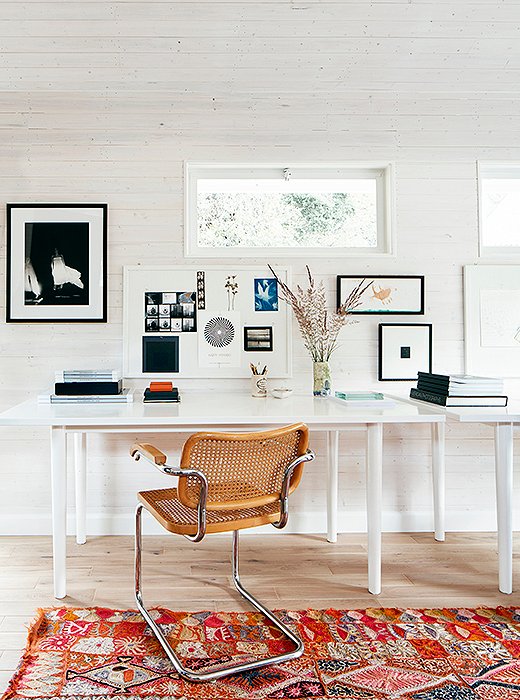
A board pinned with bits of inspiration graces the desk where Laura focuses best.
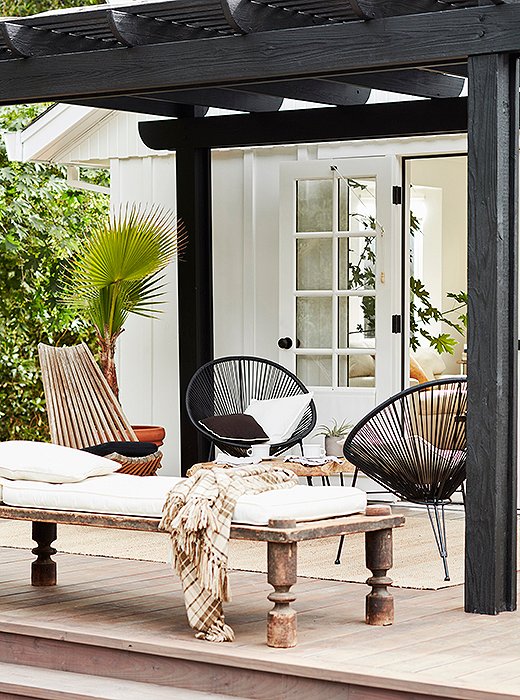
Outside, a black pergola shades a Nepali daybed and folding chair from the ‘60s.

Beyond the deck is the garden filled with artichokes, sage, lavender, and miscanthus. “When we moved here from the East Coast, I knew nothing about how to address the plants that were here,” says Laura, “so we let it all grow wild, and I love it. Each day I find myself becoming more and more connected with the landscape.”
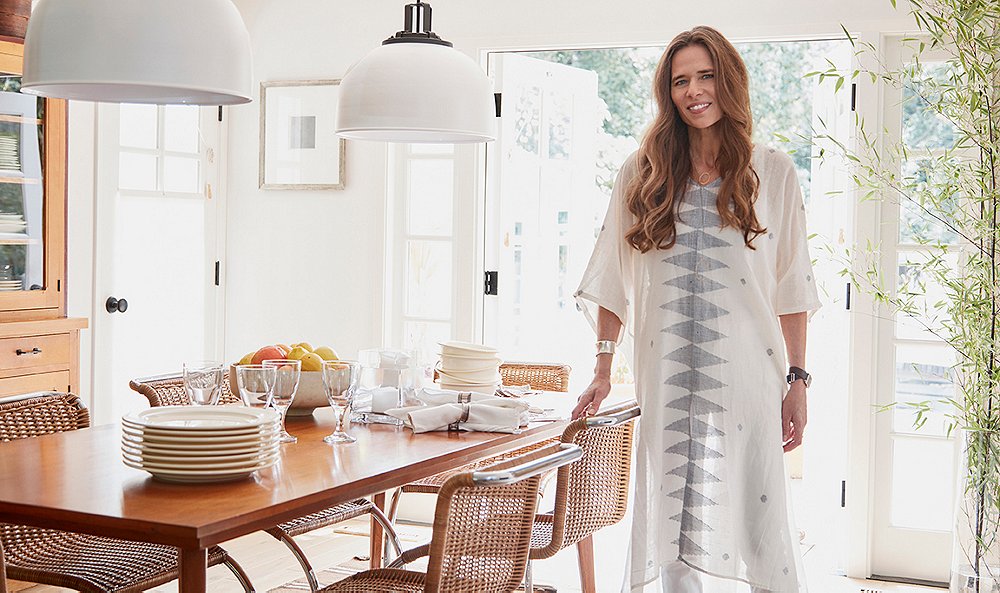
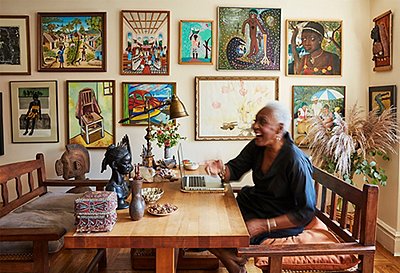
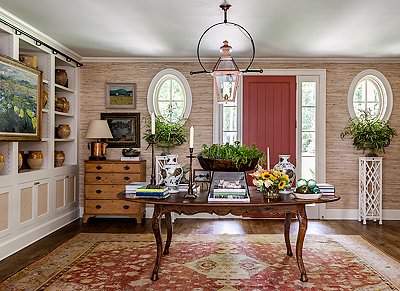
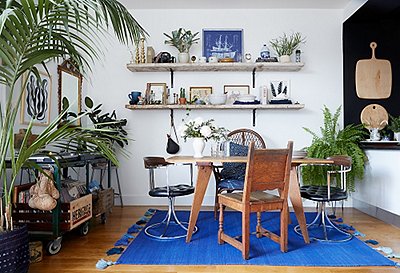
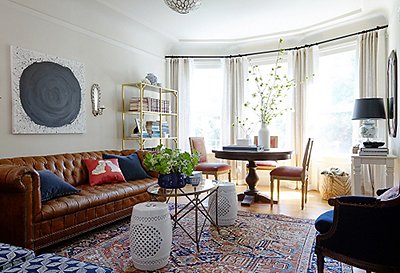
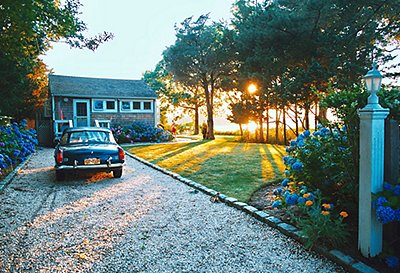
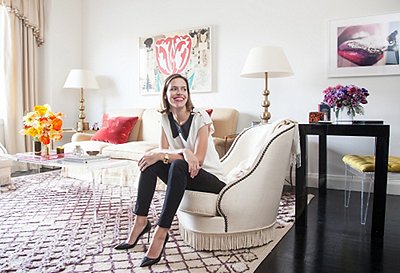
Join the Discussion